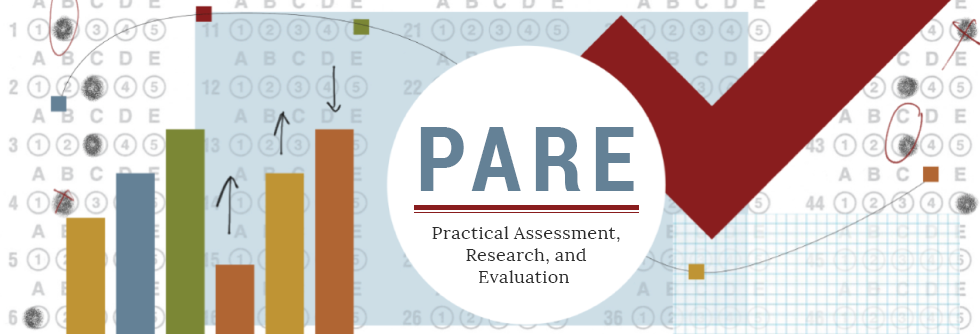Improving your data transformations: Applying the Box-Cox transformation
DOI
https://doi.org/10.7275/qbpc-gk17
Abstract
Many of us in the social sciences deal with data that do not conform to assumptions of normality and/or homoscedasticity/homogeneity of variance. Some research has shown that parametric tests (e.g., multiple regression, ANOVA) can be robust to modest violations of these assumptions. Yet the reality is that almost all analyses (even nonparametric tests) benefit from improved the normality of variables, particularly where substantial non-normality is present. While many are familiar with select traditional transformations (e.g., square root, log, inverse) for improving normality, the Box-Cox transformation (Box & Cox, 1964) represents a family of power transformations that incorporates and extends the traditional options to help researchers easily find the optimal normalizing transformation for each variable. As such, Box-Cox represents a potential best practice where normalizing data or equalizing variance is desired. This paper briefly presents an overview of traditional normalizing transformations and how Box-Cox incorporates, extends, and improves on these traditional approaches to normalizing data. Examples of applications are presented, and details of how to automate and use this technique in SPSS and SAS are included. Accessed 57,471 times on https://pareonline.net from October 06, 2010 to December 31, 2019. For downloads from January 1, 2020 forward, please click on the PlumX Metrics link to the right.
Creative Commons License

This work is licensed under a Creative Commons Attribution-NonCommercial-No Derivative Works 4.0 International License.
Recommended Citation
Osborne, Jason
(2019)
"Improving your data transformations: Applying the Box-Cox transformation,"
Practical Assessment, Research, and Evaluation: Vol. 15, Article 12.
DOI: https://doi.org/10.7275/qbpc-gk17
Available at:
https://scholarworks.umass.edu/pare/vol15/iss1/12
